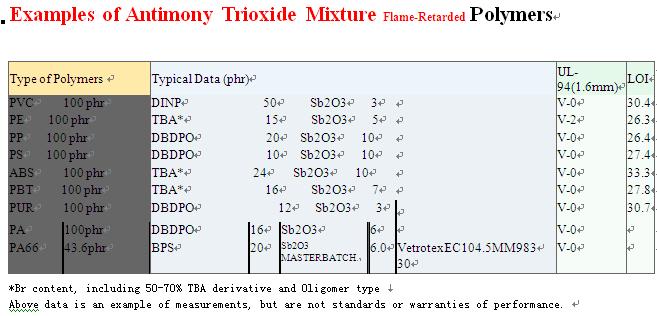increase by 6.5% per year to $1.3 billion through 2008, according to
"Flame Retardants," a new study from The Freedonia Group, Inc., a
Cleveland, OH-based market research firm. The volume of flame
retardant materials is expected to grow by 3.1% per year, reaching one
billion pounds by 2008.
[ILLUSTRATION OMITTED]
Higher value specialty products, especially those that have favorable
environmental profiles, will continue to increase their market share.
Bromine and phosphorus compounds antimony trioxide (ATO) and magnesium
dehydrate (MDH) are expected to see the strongest gains. The product
with the largest volume usage, alumina trihydrate (ATH), will continue
to grow and maintain its number one volume ranking, but it will
increase at a slower rate than other flame relardant products.
However, the environmental restrictions on a range of chlorinated,
fluorinated, and brominated materials are affecting the growth of this
sector of the flame retardants industry. Chlorinated products, in
particular, are expected to post negligible gains. While restrictions
have been put in place, the report states that it sees no indication
that a complete ban on these materials will be implemented in either
the U.S. or Europe.
A main reason cited for the overall continued growth of the flame
retardant industry is the increasing use of plastics as a substitute
for metal and glass in many kinds of products. Since plastic is
inherently more flammable than most of the materials it replaces, the
need for flame retardant coatings is increasing and now plastics have
become the primary end use product for flame retardants. More details
on the report can be found at www.freedoniagroup.com.








0 comment:
Post a Comment